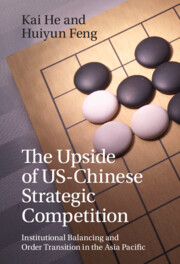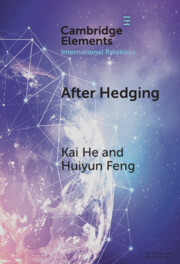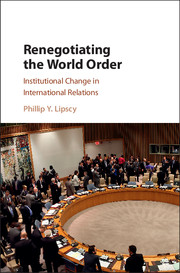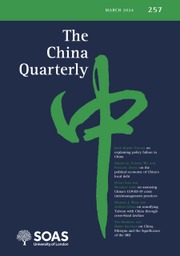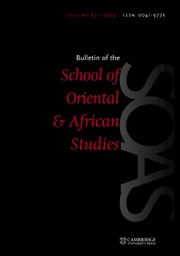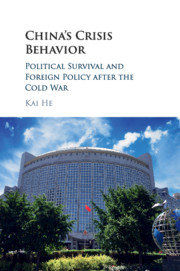The Upside of US-Chinese Strategic Competition
US–Chinese strategic competition is a defining factor in world politics. The prevailing narrative on US–China relations predicts inevitable conflicts between these two giants, potentially leading to a self-fulfilling prophecy. While fully acknowledging the inherent dangers of potential wars or military conflicts between the two powers, this book shows that competition is not necessarily detrimental. By systematically examining US–China institutional balancing across security, economic and political domains, particularly in the aftermath of the 2008 global financial crisis, this book highlights three positive externalities or unintended consequences: the revitalisation of regional institutions to address emerging challenges, unexpected collaborations between great powers (the US and China) and regional actors, and the provision of public goods by both nations. The book argues that constructive and institutionalised competition between the US and China, if managed with strategic foresight and restraint, could inadvertently lead to positive outcomes – institutional peace – in the Asia-Pacific region.
- Offers a fresh, positive perspective on US–Chinese strategic competition
- Shows why US-China competition could actually lead to more stability in the Asia-Pacific
- Helps policymakers rethink the management of US–Chinese competition
Product details
June 2025Hardback
9781009584883
209 pages
229 × 152 × 13 mm
0.457kg
Available
Table of Contents
- 1. International Order Transition and US-China Competition: Beyond the Thucydides Trap
- 2. Institutional Peace Theory: Institutionalizing US-China Competition
- 3. Institutional Balancing in the Security Sub-order: Building a New Co-existent Security Architecture
- 4. Institutional Balancing in the Economic Sub-order: Beyond the Spaghetti Bowl Effect
- 5. Institutional Balancing in the Political Sub-order: Keeping the Political Diversity for Peace
- 6. Building Institutional Peace in the Asia Pacific in the 21st Century.

